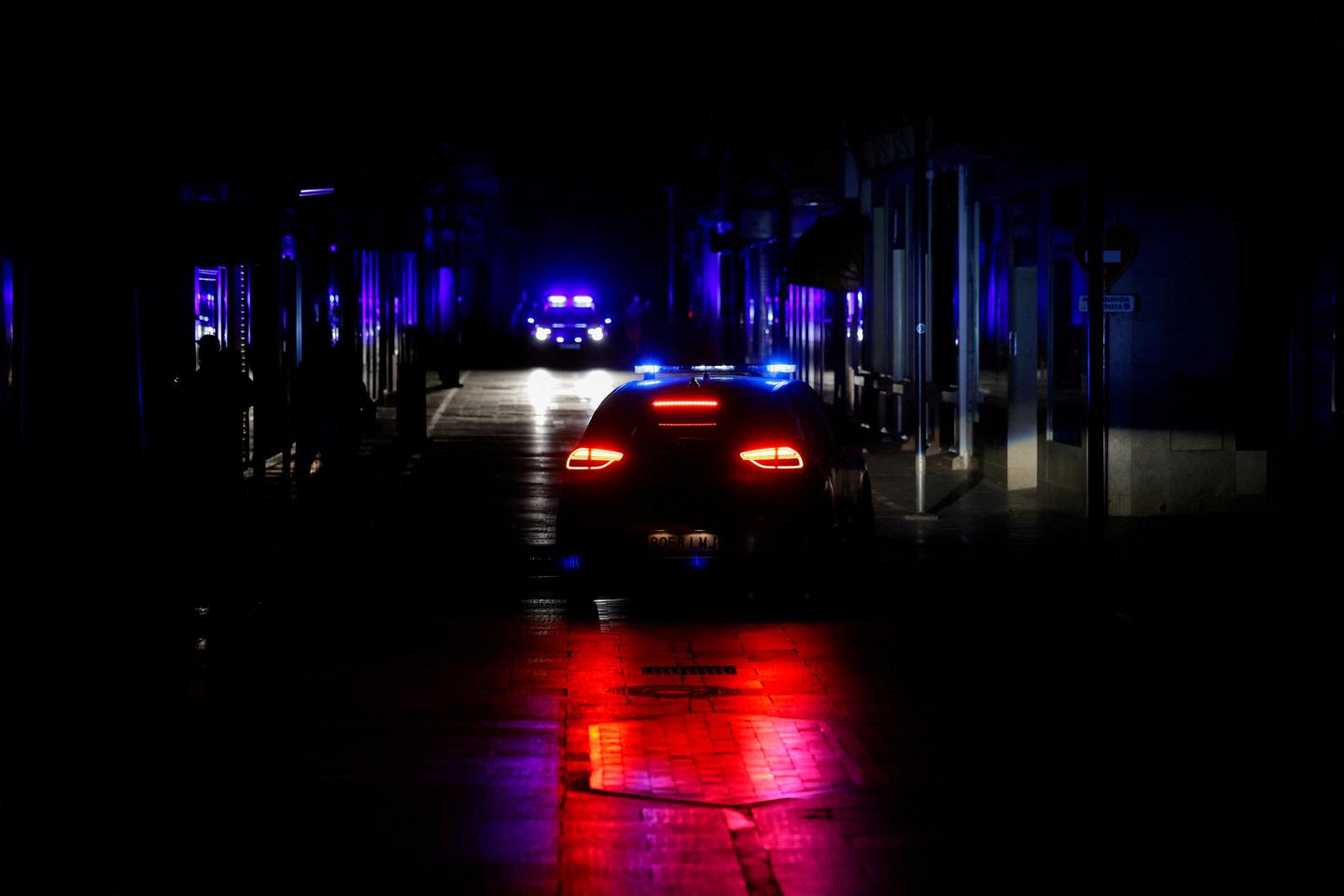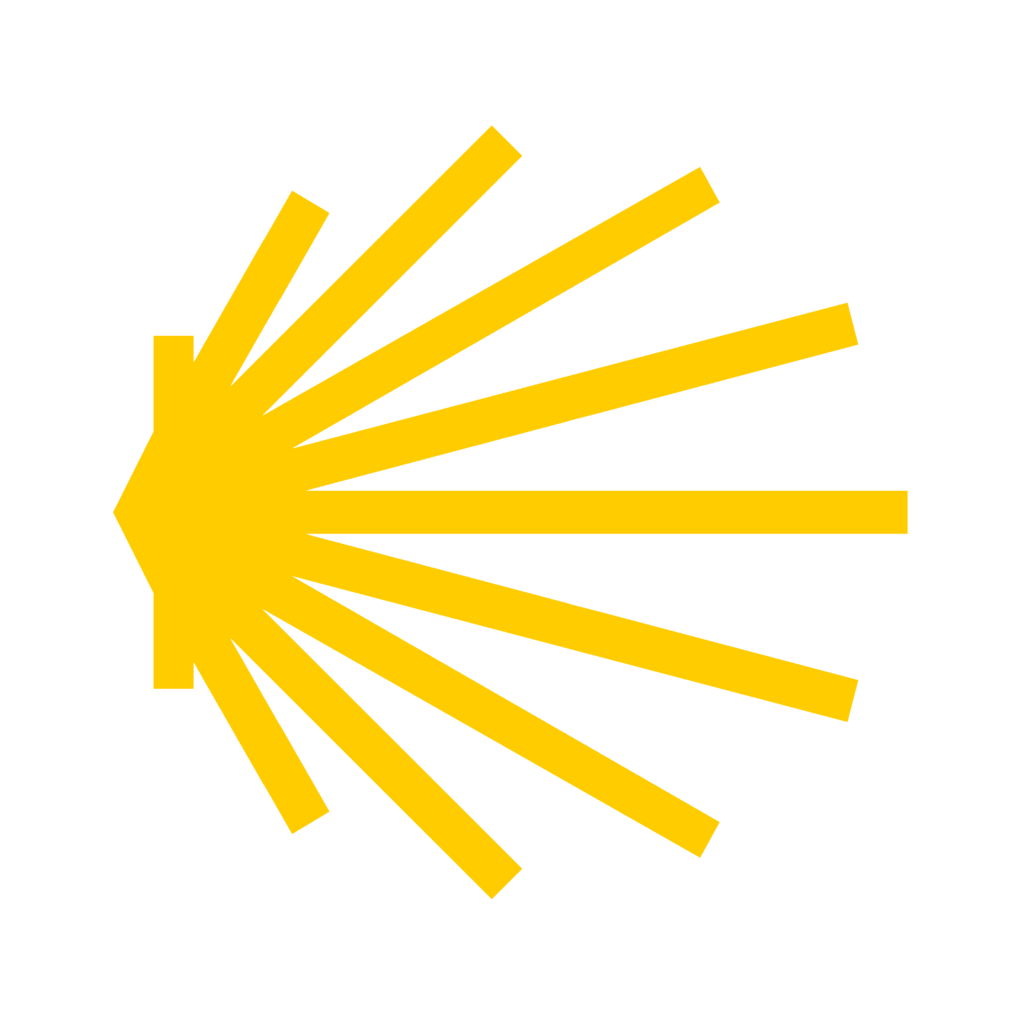

From a scientific point of view this is correct, the climate system is too complex to say this particular event is due to climate change. Exceptional events happened in the past too. So you can only draw conclusions from larger statistics. What’s solid science is the increasing averages, increasing frequencies of extreme events etc. If it was scientifically informed, that’s what this kind of sentence mean.























When your family is so brilliant they die from it.